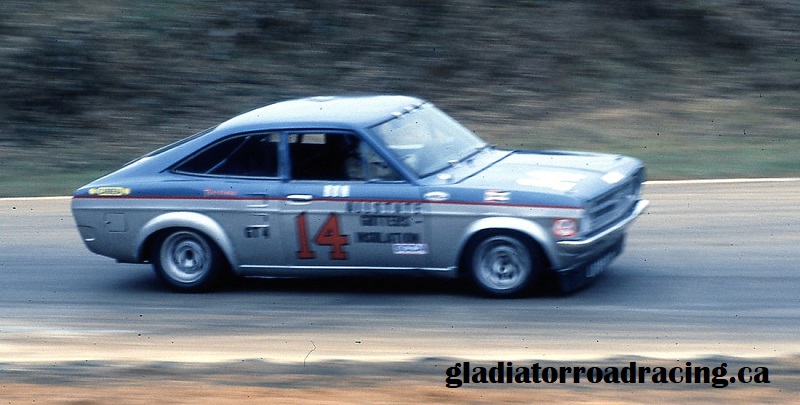-
Administrator

There was a small problem, however. The seller, Peter Zekert, is a great and enthusiastic supporter of SCCA GT-L/4/5 racing, and owns several cars. He regularly loans his cars out to help bolster the grids, and is incredibly generous to fellow racers. And he was hoping to loan this car to someone wanting to get involved in racing. When he found out I was from New Zealand, he really wasn’t at all keen on selling me the car. I had to convince him it was going to a good home, that I’m a racing historian, and that his car would be restored, and he could come to New Zealand whenever he wanted, and race it. Thankfully, he agreed.
With that, I also purchased a few more parts from Peter to be shipped with the car. These included a Datsun GX alloy cylinder head (modified to his specs by Brodix), plus some 48mm Dellorto carburettors, and a steel hood and deck lid. The car, as supplied, had a fibreglass hood and deck lid. In addition I purchased an oval port (for the GX head) twin-carb intake manifold advertised elsewhere in the US.
Buying a car of any sort internationally during a global pandemic is not really a smart idea. Further adding to the drama was that the car was based in Illinois. It took a full 7 months to reach me, finally arriving in March this year. In the meantime, I got busy trying to uncover more of its history. I began scouring the internet looking for Datsun 1200s that shared some of the details my car has. A couple of the give-aways were the aftermarket flares, the American Racing Vector wheels, the position and proximity of the three brackets at the top of the windscreen, and the fact it didn’t have the plastic covers in the faux air vents in the rear quarter panels. Through my internet trawling, I found a neat looking blue and silver car, raced by Ron Leonard. But I concluded this couldn’t be the same car, as it had a completely different roll cage to my car.

I asked Peter what he knew of the cars early history, if any. He said a good friend of his, Mike Eby, purchased it in 1981, from another Datsun racer. Eby already had a Datsun 1200 race car, but this one was faster. When Eby raced the Datsun, it was painted red/white/blue. I sent Peter a photo of the blue and silver car I found on the internet, and he confirmed it was the same car. I quizzed him on the roll cage, however, so he phoned Mike and asked him to fill in the gaps. Mike confirmed that shortly after purchasing the car from Ron Leonard, he decided to build a new roll cage. That explained why so many features were the same, but the roll cage was different. Finally, I was making progress.
So far, I knew the car had been raced by Ron Leonard up until late 1981, before being purchased by Mike Eby. Further research revealed that in Leonard’s hands this was one of the fastest Datsun 1200s in the US. It raced in the SCCA GT-4 category for engines sizes from 1000 – 1300cc. Up until 1980, GT-4 was known as C/Sedan. When the SCCA established sedan racing in 1966, it had four classes based on engine size:
A/Sedan: 2,001cc – 5,000cc
B/Sedan: 1,300cc – 2,000cc
C/Sedan: 1,001cc – 1,300cc
D/Sedan: 0 – 1,000cc
Because the United States is so massive, the SCCA is split into multiple regions. Each region has its own Regional championship throughout the year, and the top three drivers in each class, from each region, then qualify to compete at an event called the SCCA Runoffs, which is essentially a National Championship. In the 1960s, this event was called the American Road Race of Champions. At the Runoffs, each class has its own race, and the winner is declared the SCCA National Champion. It’s a really big deal.
 Posting Permissions
Posting Permissions
- You may not post new threads
- You may not post replies
- You may not post attachments
- You may not edit your posts
-
Forum Rules






 Reply With Quote
Reply With Quote